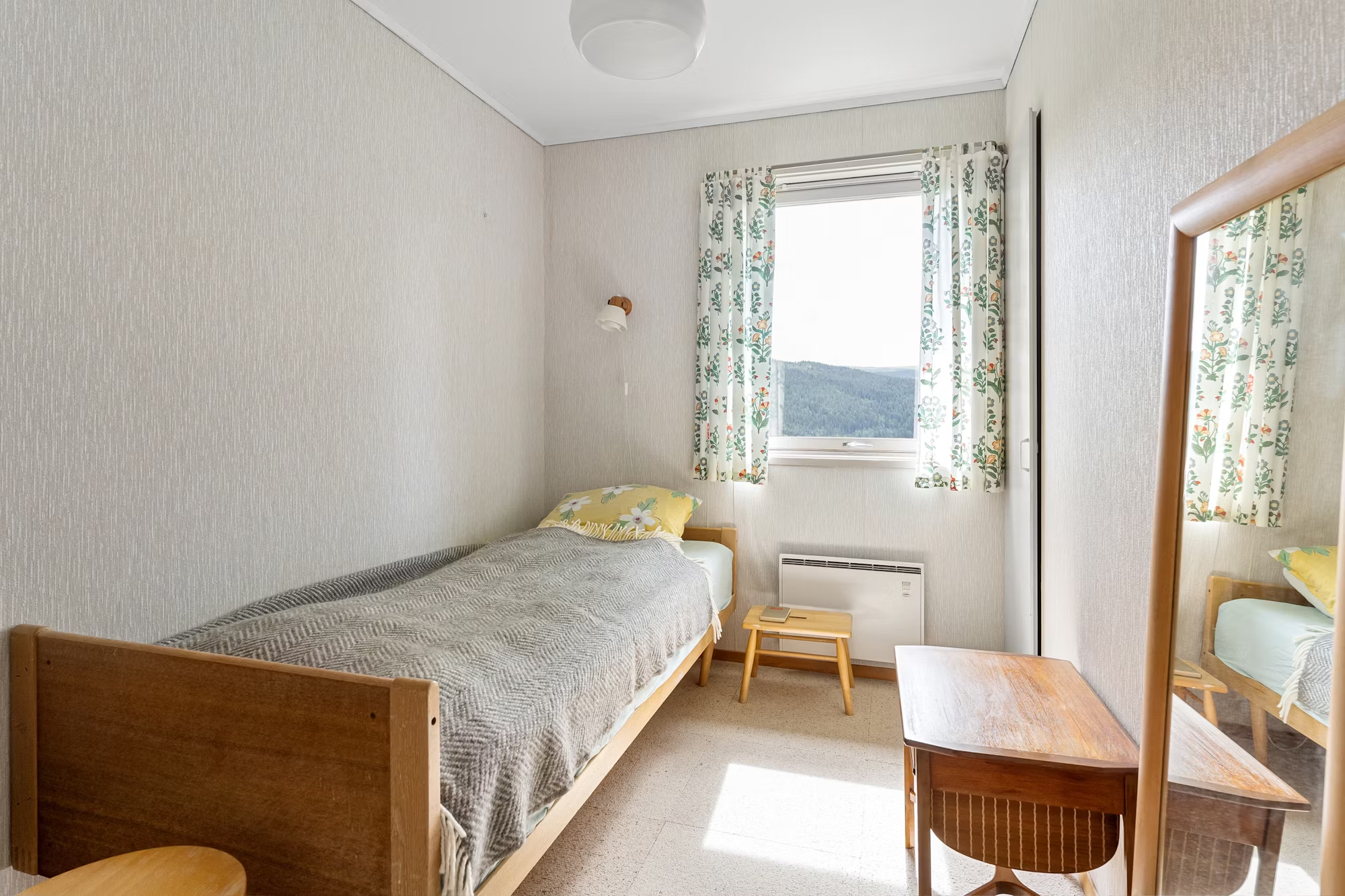The kitchen is often considered the heart of the home, a space where families gather, meals are prepared, and memories are made. As such, designing a kitchen that is both functional and aesthetically pleasing is essential. Modern kitchen design blends style with practicality, creating environments that cater to the needs of contemporary home cooks. This article delves into the key elements of modern kitchen design, offering tips and inspiration for creating your dream culinary space.
Understanding Modern Kitchen Design
Modern kitchen design emphasizes clean lines, open spaces, and an overall sense of functionality. This approach often incorporates minimalistic aesthetics, utilizing materials and layouts that streamline the cooking process while enhancing the visual appeal of the space. When embarking on a kitchen design project, it’s essential to understand the principles that underpin modern aesthetics and functionality.
1. Open Concept Layouts:
Open concept kitchens have gained immense popularity in recent years. These layouts create a seamless transition between the kitchen and adjacent living spaces, promoting social interaction and a sense of togetherness. An open kitchen often features an island or a breakfast bar that serves as both a workspace and a gathering spot for family and friends. This design choice not only maximizes space but also fosters an inviting atmosphere.
2. Functional Zones:
In modern kitchen design, establishing functional zones is critical. Each area should serve a specific purpose, enhancing the efficiency of meal preparation. Common zones include cooking, cleaning, and storage. Thoughtful placement of appliances, countertops, and storage solutions within these zones can significantly improve workflow. For instance, placing the stove near the sink allows for easy access to water while cooking, minimizing unnecessary movement.
Choosing the Right Materials
Selecting the right materials is a crucial aspect of modern kitchen design. The materials chosen not only impact the aesthetic but also the durability and maintenance of the space. Here are some popular options:
1. Countertops:
Countertops are a focal point in any kitchen and can set the tone for the overall design. Popular materials include quartz, granite, and marble, each offering unique benefits. Quartz countertops are non-porous and easy to maintain, while granite offers a timeless and natural look. Marble, while elegant, requires more care due to its porous nature. When selecting a countertop, consider both functionality and style to ensure it complements the overall design.
2. Cabinets:
Cabinets play a significant role in kitchen aesthetics and functionality. Modern kitchens often feature sleek, flat-panel cabinets that create a minimalist look. Materials such as plywood, laminate, and MDF (medium-density fiberboard) are commonly used, with finishes ranging from high-gloss to matte. Open shelving is also a popular trend, allowing for decorative displays while providing easy access to frequently used items.
3. Flooring:
The choice of flooring can greatly impact the look and feel of a kitchen. Popular flooring options include hardwood, tile, and vinyl. Hardwood adds warmth and character, while tile is durable and easy to clean. Luxury vinyl offers the appearance of wood or stone with added resilience, making it a practical choice for busy kitchens. When selecting flooring, consider factors such as durability, maintenance, and comfort underfoot.
Emphasizing Lighting
Lighting is a vital component of kitchen design, influencing both functionality and ambiance. A well-lit kitchen enhances the cooking experience and creates an inviting atmosphere. Here are some lighting tips to consider:
1. Layered Lighting:
Incorporating multiple layers of lighting can create a versatile and functional kitchen. Ambient lighting provides overall illumination, while task lighting focuses on specific work areas such as countertops and islands. Pendant lights over the island or under-cabinet lighting can enhance visibility and add visual interest.
2. Natural Light:
Maximizing natural light is essential for creating an open and airy feel in the kitchen. Consider installing large windows, skylights, or glass doors that allow natural light to flood the space. Not only does this enhance the overall aesthetic, but it also improves the mood and energy of those who spend time in the kitchen.
Incorporating Smart Technology
In today’s modern kitchens, technology plays a significant role in enhancing functionality and convenience. Smart appliances and innovative gadgets are transforming the culinary experience. Here are some ways to incorporate technology into kitchen design:
1. Smart Appliances:
Smart refrigerators, ovens, and dishwashers offer features that enhance efficiency and ease of use. For instance, smart refrigerators can track food inventory and suggest recipes based on available ingredients, while smart ovens can be controlled remotely via a smartphone app. These appliances not only simplify cooking but also contribute to a more organized kitchen experience.
2. Touchless Faucets:
Touchless faucets are a practical addition to modern kitchens, promoting hygiene and convenience. These faucets allow users to turn on the water with a simple wave of the hand, minimizing the spread of germs and keeping surfaces cleaner. Additionally, some models offer temperature control features for added comfort.
Personalizing Your Kitchen
While modern design principles provide a foundation for creating a stylish kitchen, personal touches are what truly make the space your own. Here are some ideas for adding a personal flair:
1. Color Palette:
Choosing a color palette that reflects your style can significantly enhance the overall atmosphere of the kitchen. Neutral colors like whites, grays, and beiges create a timeless backdrop, while bold colors such as navy blue or deep green can add personality and vibrancy. Consider incorporating color through cabinetry, backsplashes, or decorative accents to achieve the desired effect.
2. Artwork and Decor:
Incorporating artwork and decor adds character and warmth to the kitchen. Whether it’s a striking piece of art, a collection of cookbooks, or decorative pottery, personal items create a sense of home. Consider displaying these elements on open shelves or countertops to showcase your unique style.
3. Plants and Greenery:
Bringing nature indoors through plants can elevate the kitchen’s ambiance. Herbs, succulents, or larger houseplants add a touch of freshness and life to the space. Not only do they enhance aesthetics, but they also provide practical benefits—herbs can be used in cooking, adding flavor to meals right from your kitchen garden.
Conclusion
Creating your dream kitchen involves careful planning, thoughtful design, and personal touches that reflect your style and needs. By understanding modern design principles, selecting the right materials, and incorporating technology, you can craft a culinary space that is both functional and inviting. Whether you’re an aspiring chef or simply enjoy gathering with family and friends, a well-designed kitchen enhances the cooking experience and brings people together. Embrace the journey of designing your kitchen, and watch as it transforms into a space that not only serves its purpose but also becomes a cherished part of your home.



